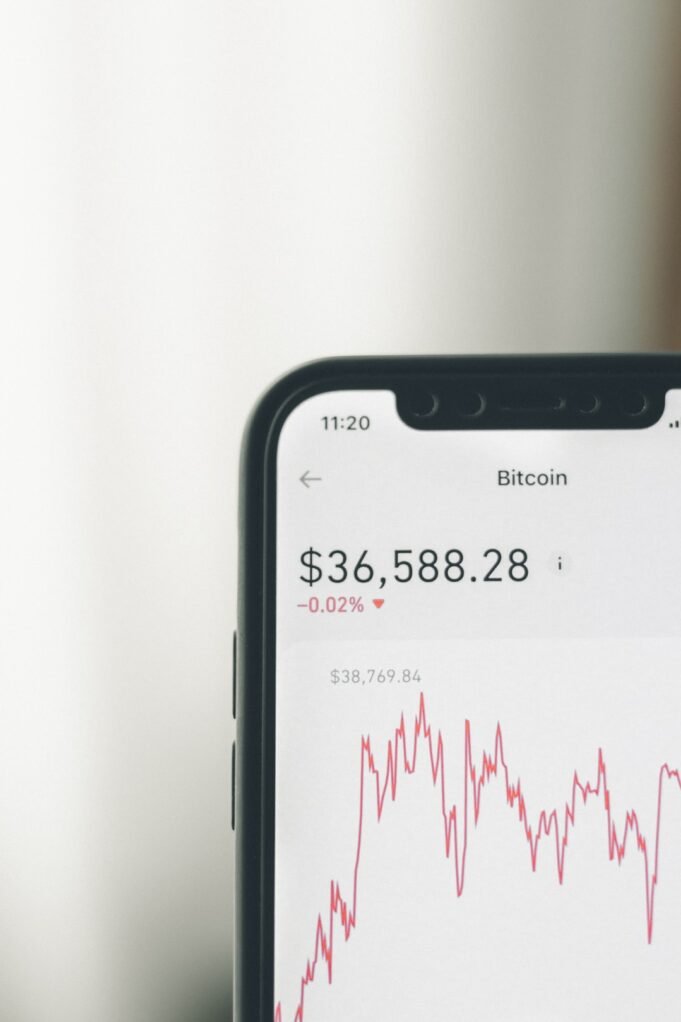Bitcoin mining is the process of adding transaction records to the blockchain or the public ledger of Bitcoin transactions. It involves solving a complex mathematical puzzle that requires a lot of computational power. Bitcoin mining is a competitive and energy-intensive process that requires specialized hardware and software. The reward for mining a Bitcoin block is currently 6.25 BTC, which is worth around $200,000. However, the probability of mining a Bitcoin block depends on several factors, including the hash rate, difficulty level, and mining hardware.
The hash rate refers to the processing power of the Bitcoin network, which is measured in hashes per second. The higher the hash rate, the more secure and efficient the Bitcoin network is. The hash rate has been increasing steadily since the inception of Bitcoin, thanks to the development of more advanced mining hardware and the participation of more miners. As of July 2021, the Bitcoin network’s hash rate is around 100 exahashes per second (EH/s), which means it can perform 100 quintillion hash operations per second.
The difficulty level of Bitcoin mining is adjusted every 2016 blocks, or roughly every two weeks, to maintain the average block time of 10 minutes. The difficulty level is a measure of how hard it is to find a hash that is below a certain target value. The target value is adjusted based on the current hash rate to ensure that the block time remains constant. If the hash rate increases, the difficulty level increases as well, making it harder to mine a Bitcoin block. Conversely, if the hash rate decreases, the difficulty level decreases as well, making it easier to mine a Bitcoin block.
The mining hardware used to mine Bitcoin also plays a crucial role in determining the probability of mining a Bitcoin block. The first Bitcoin miners used their computer CPUs to mine Bitcoin, but this quickly became inefficient as the hash rate increased. They then switched to using graphics processing units (GPUs), which were more efficient than CPUs but still not powerful enough to compete with the latest mining hardware. Today, the most popular mining hardware is application-specific integrated circuits (ASICs), which are specifically designed to mine Bitcoin and can perform trillions of hash operations per second.
The probability of mining a Bitcoin block can be calculated by dividing the miner’s hash rate by the total hash rate of the network. For example, if a miner has a hash rate of 10 TH/s (terahashes per second), and the total hash rate of the network is 100 EH/s (exahashes per second), then the miner’s probability of mining a Bitcoin block is:
10 TH/s / 100 EH/s = 0.00001 or 0.001%
This means that the miner has a 0.001% chance of mining a Bitcoin block in any given 10-minute period. However, this probability can vary depending on the difficulty level and the number of miners on the network. If the difficulty level increases, the probability of mining a Bitcoin block decreases, and vice versa. Similarly, if more miners join the network, the total hash rate increases, and the probability of mining a Bitcoin block decreases for each miner.
The probability of mining a Bitcoin block is also affected by the block reward halving, which occurs every 210,000 blocks, or roughly every four years. The block reward halving is a mechanism built into the Bitcoin protocol that reduces the block reward by half every time 210,000 blocks are mined. This is done to ensure that the total supply of Bitcoin is limited to 21 million, and to prevent inflation. The first block reward halving occurred in 2012, reducing the block reward from 50 BTC to 25 BTC. The second block reward halving occurred in 2016, reducing the block reward from 25 BTC to 12.5 BTC. The third block reward halving occurred in 2020, reducing the block reward from 12.5 BTC to 6.25 BTC.
The block reward halving has a significant impact on the profitability of Bitcoin mining and the probability of mining a Bitcoin block. When the block reward is halved, miners receive half the reward for the same amount of work. This means that the cost of mining a Bitcoin block increases, and some miners may become unprofitable and drop out of the network. As a result, the total hash rate of the network may decrease, making it easier for the remaining miners to mine a Bitcoin block. However, this effect may be offset by the increased demand for Bitcoin, which may lead to higher Bitcoin prices and a higher block reward in dollar terms.
In conclusion, the probability of mining a Bitcoin block depends on several factors, including the hash rate, difficulty level, and mining hardware. It is a competitive and energy-intensive process that requires specialized skills and resources. The reward for mining a Bitcoin block is currently 6.25 BTC, which is worth around $200,000, but this may change over time due to the block reward halving and other factors. Bitcoin mining is an important part of the Bitcoin ecosystem, as it ensures the security and integrity of the network and enables the creation of new Bitcoin.

























